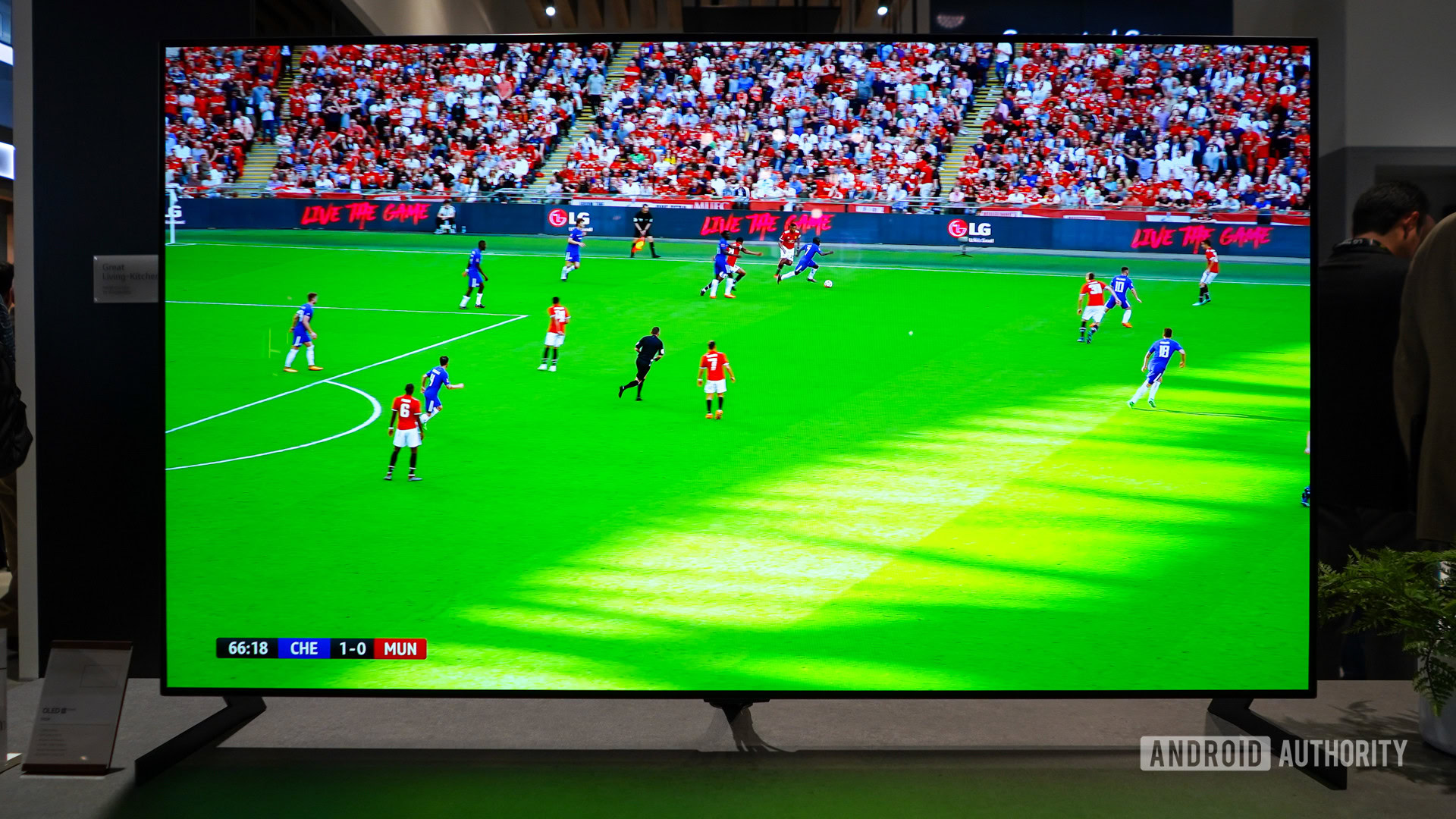Affiliate links on Android Authority may earn us a commission. Learn more.
Super-efficient video format could make streaming 8K movies more practical
Published onJuly 6, 2020

- Fraunhofer’s new H.266 video format uses half the bandwidth of H.265.
- It could be crucial to streaming 8K video, HDR, and 360-degree videos.
- You’ll have to wait until the fall to see it reach shipping devices.
It’s been difficult to make use of a brand new 8K TV or mobile 8K recording when video that size usually consumes massive amounts of data, but a new video format should make the ultra-sharp resolution more usable.
Fraunhofer and its partners (including Apple, Intel, Microsoft and Sony) have introduced the H.266 format, also known as Versatile Video Coding, that uses half as much bandwidth as the existing H.265 (aka HEVC) standard. That should reduce the need for a speedy internet connection when you’re streaming, but it also promises to shrink the size for downloads. A 90-minute 4K video that consumes 10GB of space today would use just 5GB encoded in H.266, Fraunhofer said.
The technology will also support more vivid high dynamic range (HDR) output and 360-degree videos.
You’ll have to wait a while before you see H.266 support in your next device. While the format is official as of this writing, the first software for creating and playing back videos won’t be ready until Fraunhofer releases it sometime in the fall. It may take longer still before hardware makers support the format, particularly when heavy compression tends to require more computational power. With that said, the range of partners suggests that support will reach major platforms relatively quickly.
It’s not clear how Google will approach H.266, mind you. The company has largely thrown its weight behind the royalty-free AV1 format, which isn’t as efficient as H.266 but also won’t carry the same licensing issues that have dogged H.265 and earlier standards. You may see basic playback support, but we wouldn’t count on YouTube and other video-centric Google services embracing the new codec with open arms.